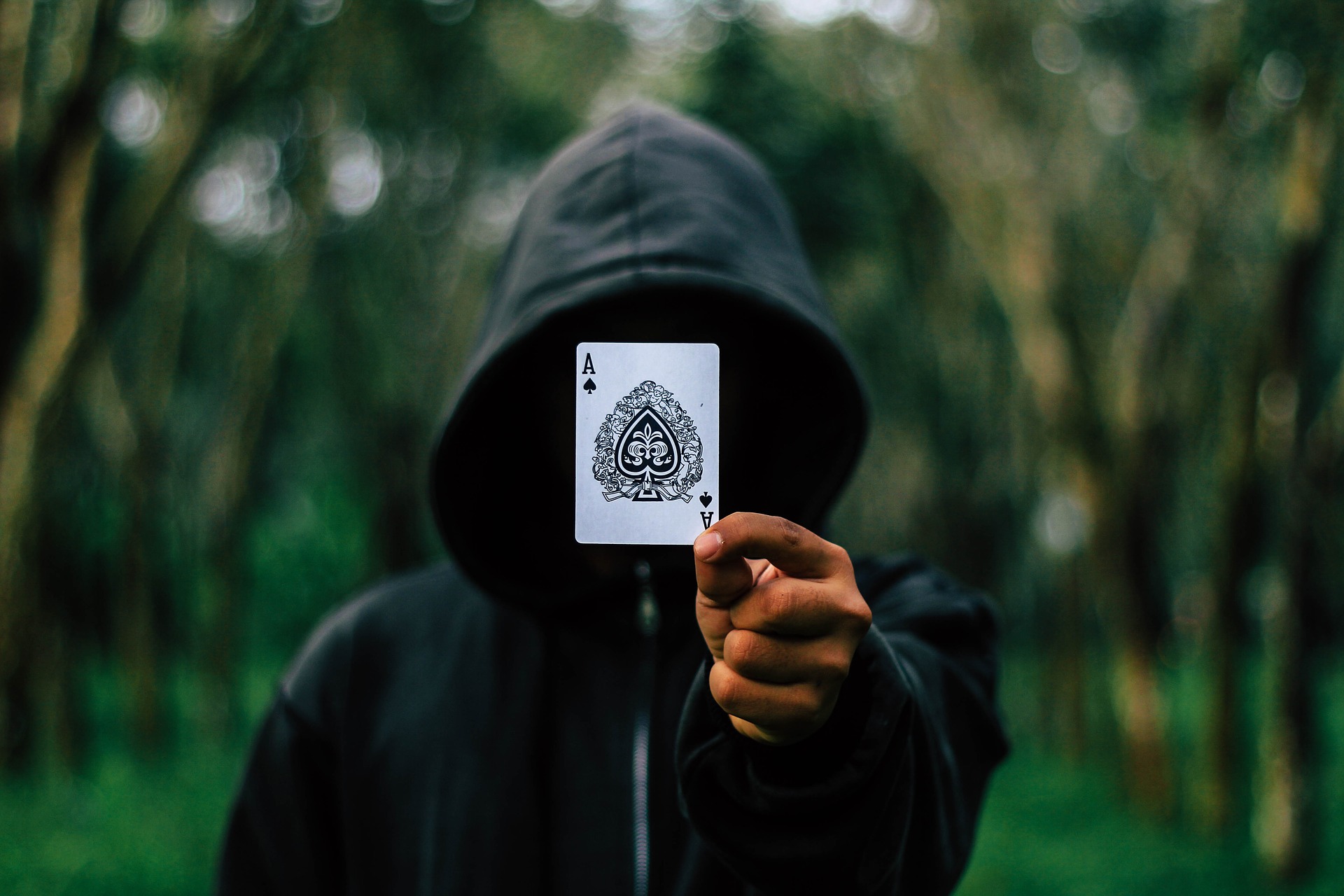The Ultimate Cheat in Poker: How to Outsmart Your Opponents
Poker is a game of skill and chance. Make the best decisions with your hand, and you also need to know what your opponents are most likely to do. To become a better poker player, it’s helpful to learn some advanced strategies. This article will teach you to outsmart your opponents by using the ultimate cheat in poker. We know the cheat as bluffs. In this article, we’ll discuss bluffing and what it means for poker players and how you can use this strategy to increase your chances of winning!

What is bluffing?
Bluffs are bets made by players who do not have the cards to make those bets profitable. A bluff is an intentional act of deception or distortion intended to promote a false impression.
To bluff, you need to read your opponents and know what they will do in the next few rounds of play. It’s important to watch how your opponents react after they lose a hand or when they make a fantastic play. Bluffs can be used for more than just raising the pot before you’re forced to fold. During the game, you can also use it as a tactic, such as betting with weak cards, showing your opponent your hand, or claiming that you have cards even though you don’t.
**What’s the right way to bluff? **
A good strategy for bluffs is to trick your opponents into thinking that you have something better than what you do. There are different types of bluffs, and some work better than others, depending on what type of poker game you’re playing. In general, there are three types of bluffs:
1) ‘Fishing’ – Fishing is defined as a player making a bet in hopes his opponent will fold their bad hand if he has shown strength in previous rounds or if he has taken some risk earlier in the game, which would cause a player with a better hand to believe him when he does bet again with weaker cards
2) ‘Sneaky’ – Sneaky is defined as pretending
What is a bluff in poker?
Bluffs in poker are a type of bet made with a weak hand that makes the opponent think you have a strong hand. You can do bluffs pre-flop, post-flop, or on the river. Weaker players often use bluffs when they are out of better options because they give them a chance to win big.
How to execute a bluff
A bluff is a bet that you think your opponents will fold. Therefore, it’s betting on the chance they will fold their hands when they see you make a bet. Bluffs are successful when players don’t know what to do with their hands. When you execute a bluff, it’s essential to be confident and believable in your body language. This can help convince the other players that you have an unbeatable hand. To successfully execute a bluff, you need to read your opponents and understand which one of them might fold their hand if you make a big bet. You can look for signs like:
- strong eye contact
- tight lips
- sweaty palms
- tilted head
The benefits of bluffs in poker
Bluffs are when you make a bet that isn’t true. For example, you might have a perfect hand, but you pretend it’s not very good to lure your opponents into betting higher than they would if they knew about your actual hand. You can use this strategy in poker to get more money out of your opponents.
Bluffing is a way for players to increase the chances of winning by deceiving their opponents. One easy way to do this is to play aggressively and make bets that make little sense because you have an evil hand. Your opponents will think you have a strong hand and will start playing themselves differently. Bluffs are also used to protect against other players who have made bets on the table. This can help protect your card values from being exposed or give you an advantage over your opponent when winning hands.
The risks of bluffs in poker
Bluffs are risky and can be costly. They’re also difficult to execute. However, when done correctly, bluffs in poker can pay off big time. One of the most important things to remember when you’re bluffing is that you need a lot of chips to do it with.
Otherwise, you’ll risk going all-in for little reward. You want to make sure that your opponent doesn’t know that you’re bluffing, which is why it’s sometimes better to use a bluff on the turn or river than on the flop or the preflop.
Conclusion
In poker, bluffing is the act of betting or raising, even though you believe your hand is not the best and hope your opponents will fold. A bluff is when a player bets or raises when they have a weak hand, but they want their opponents to think they have a more substantial hand. Bluffs are often a part of poker strategy, but they can be risky to use.
